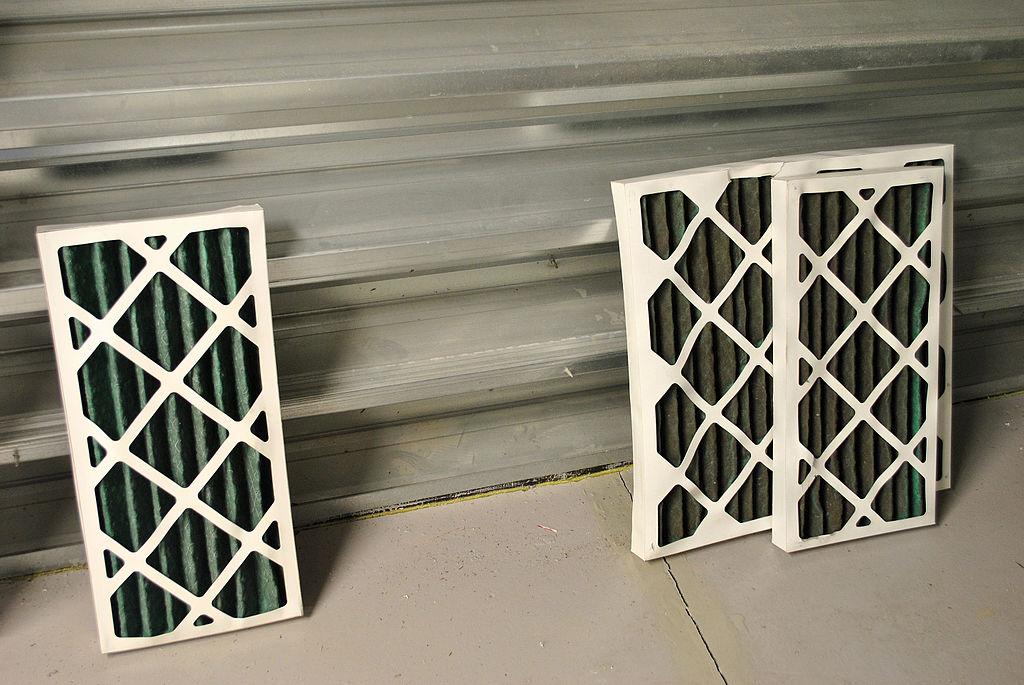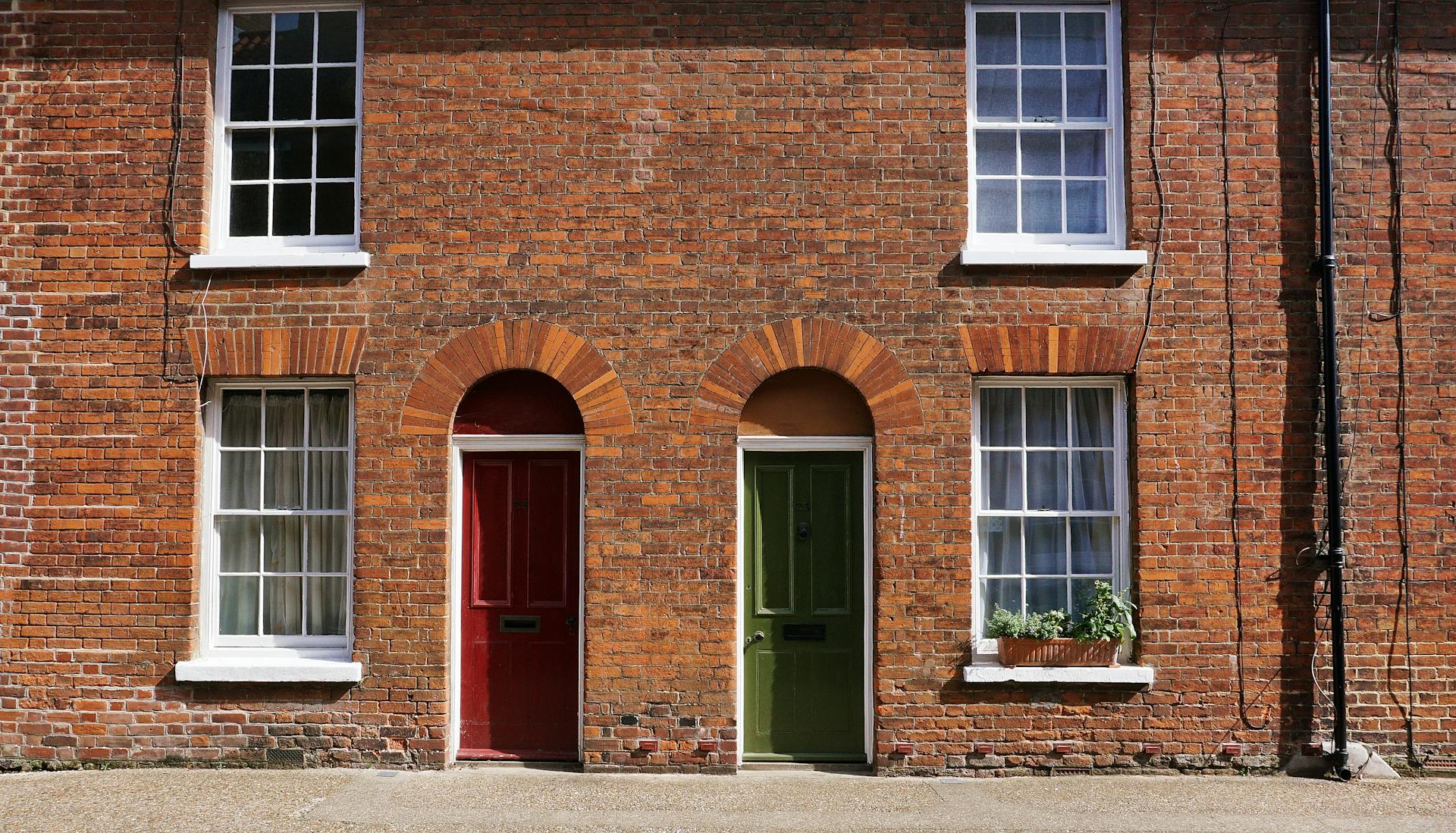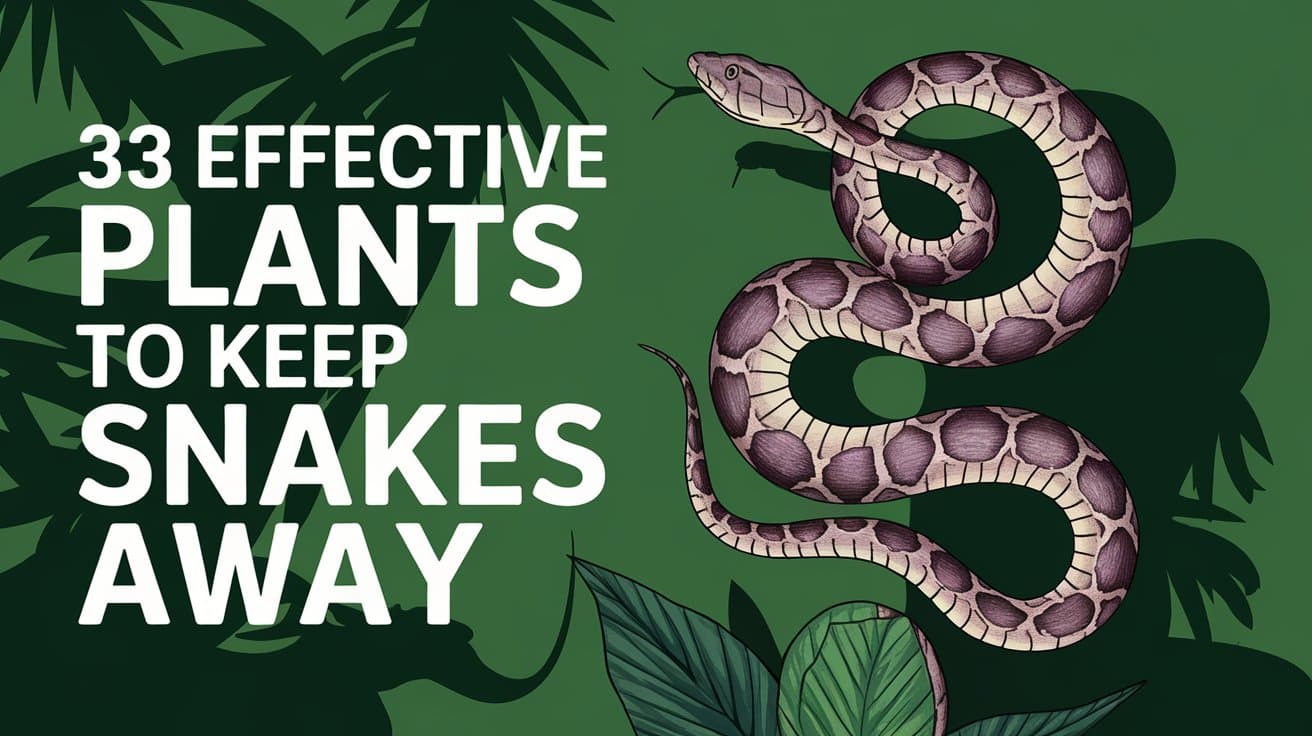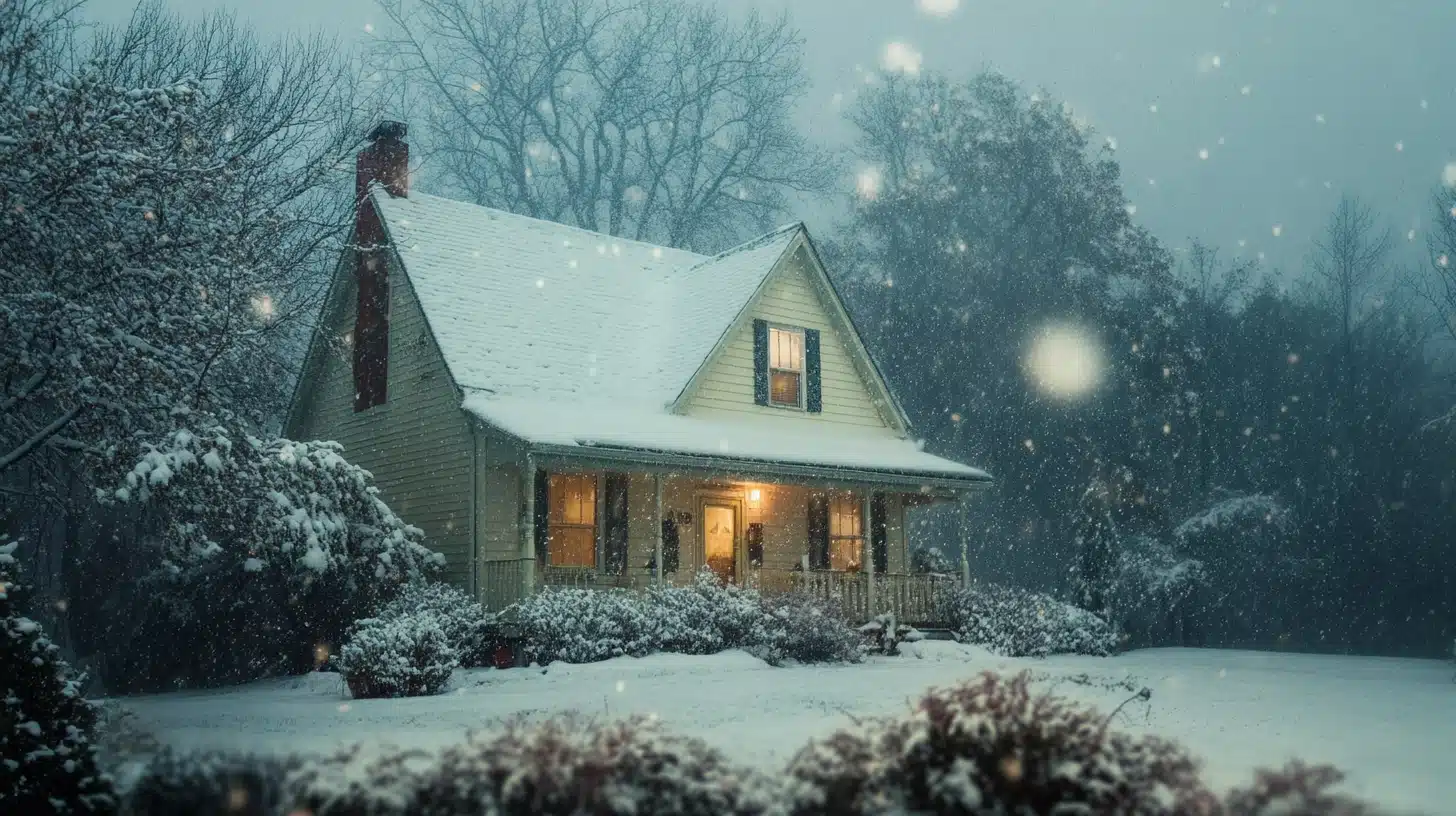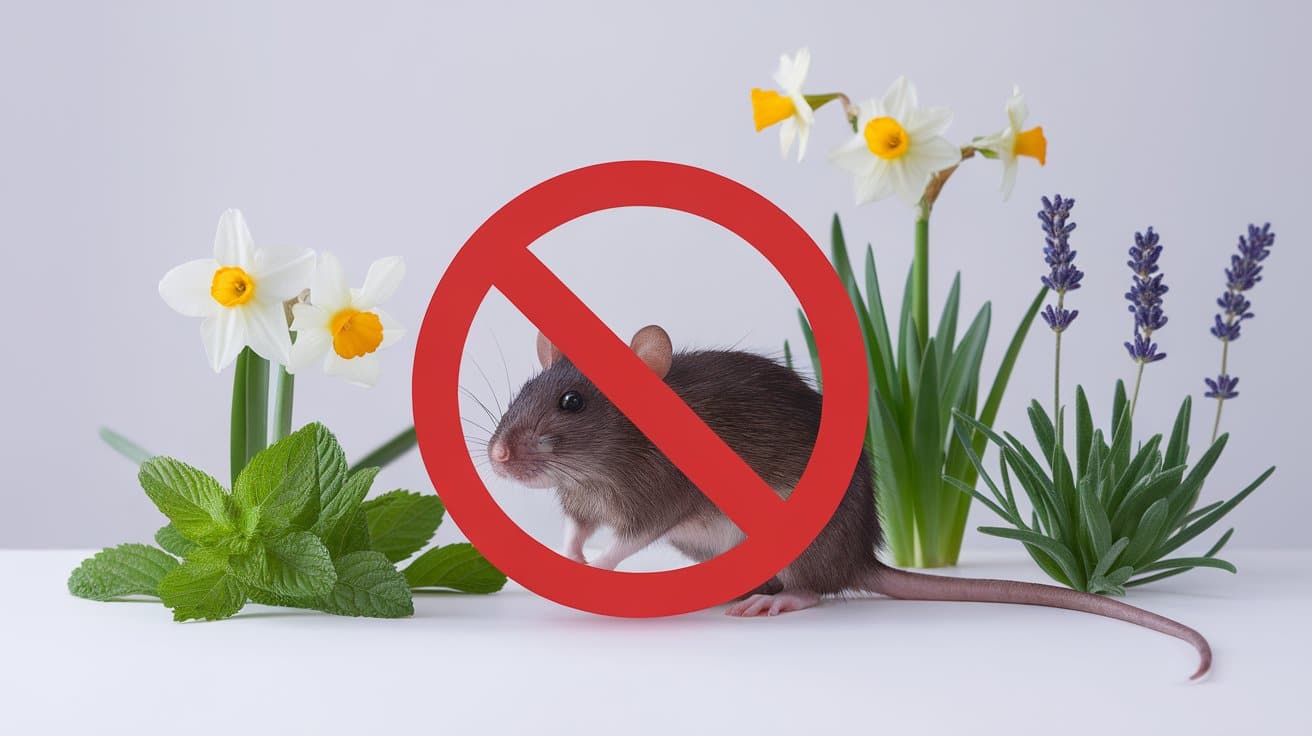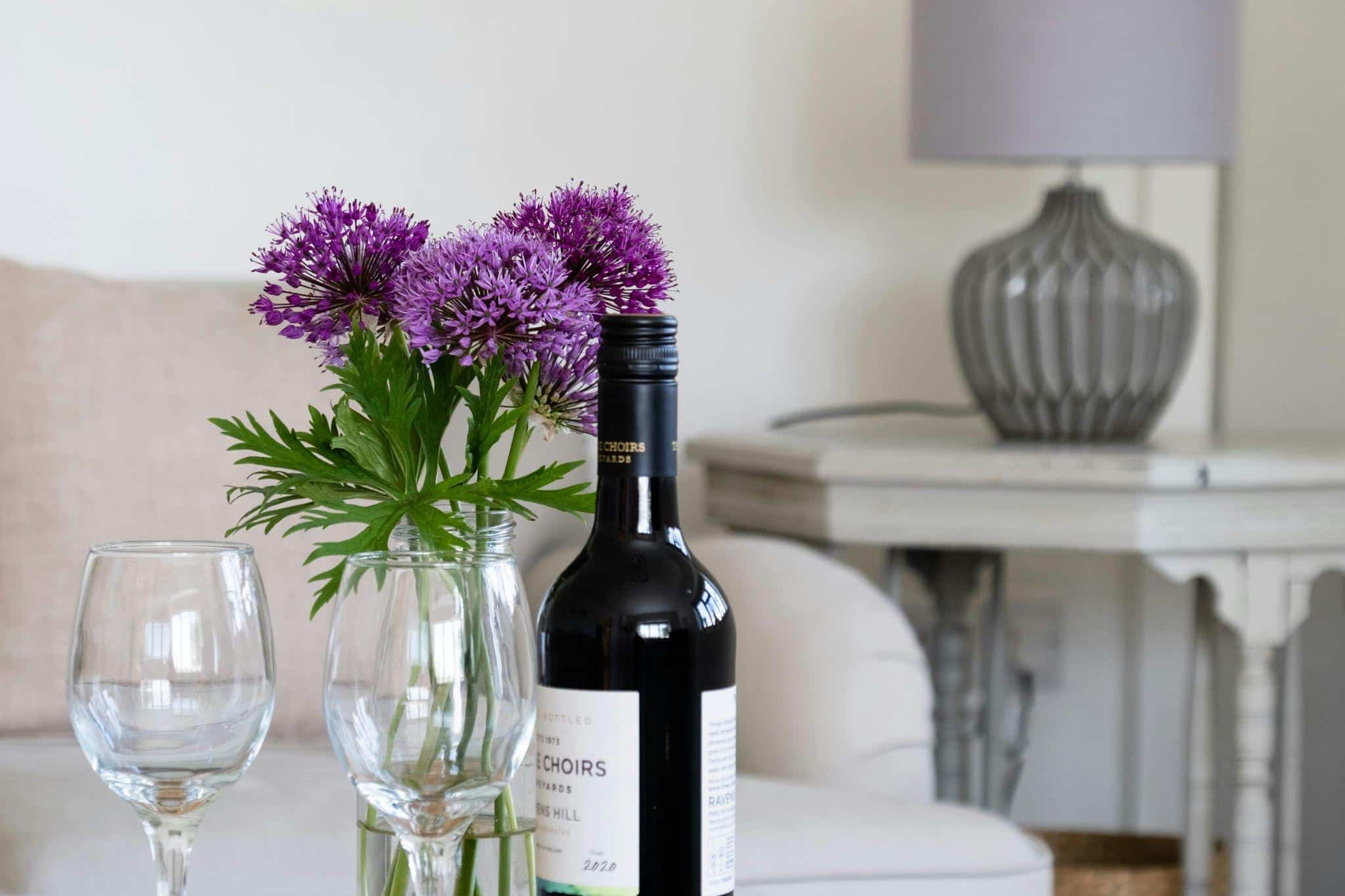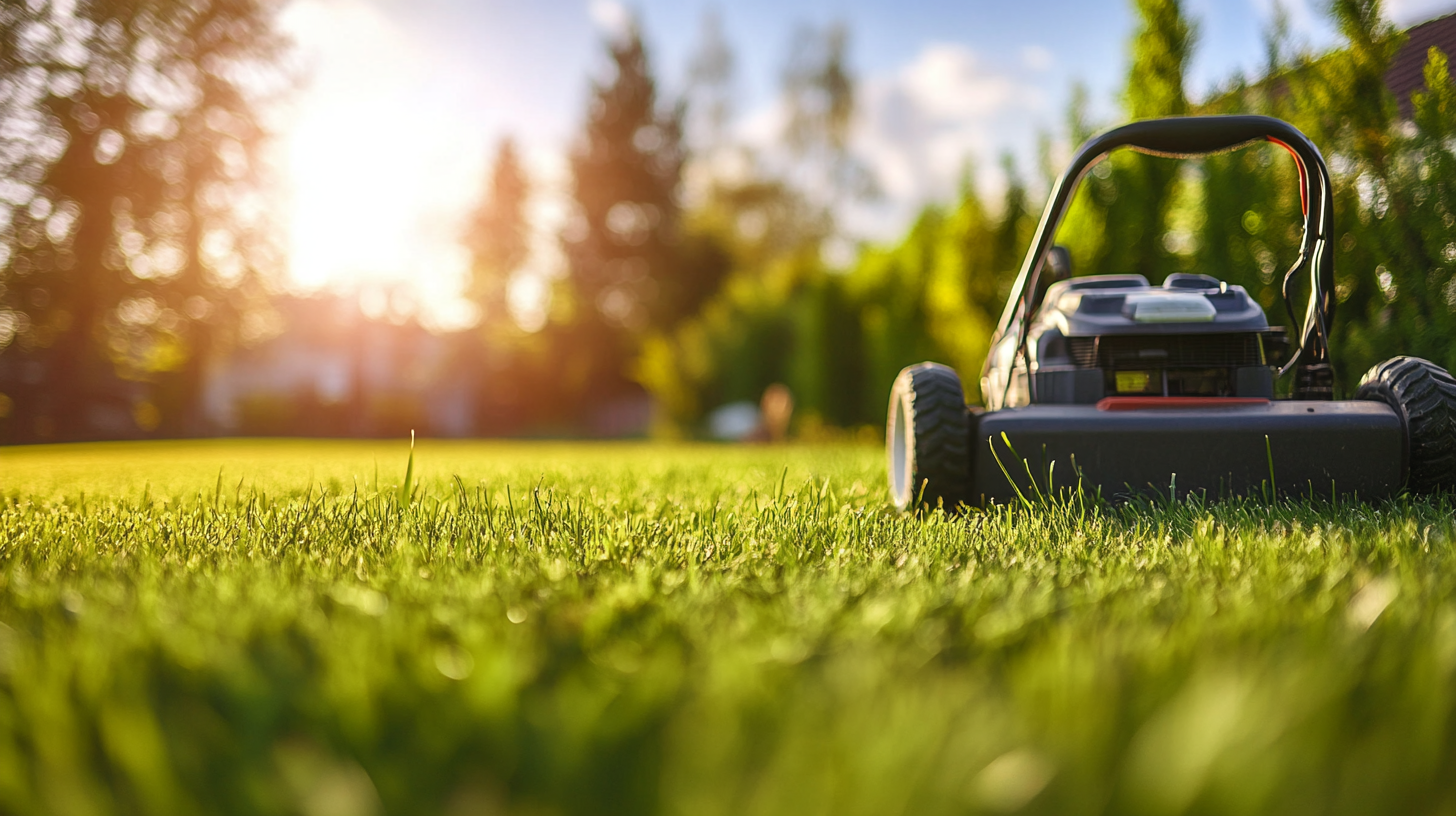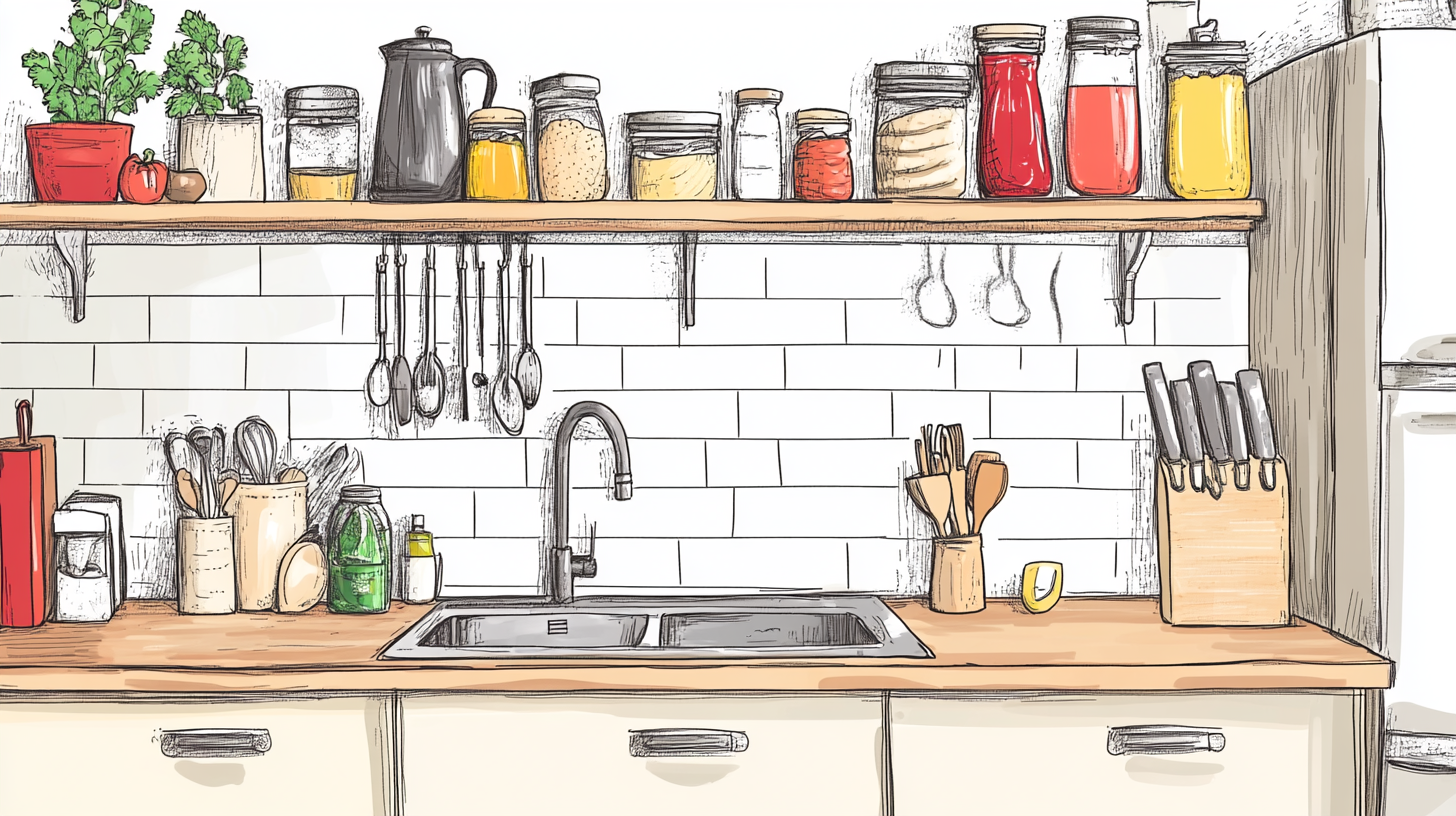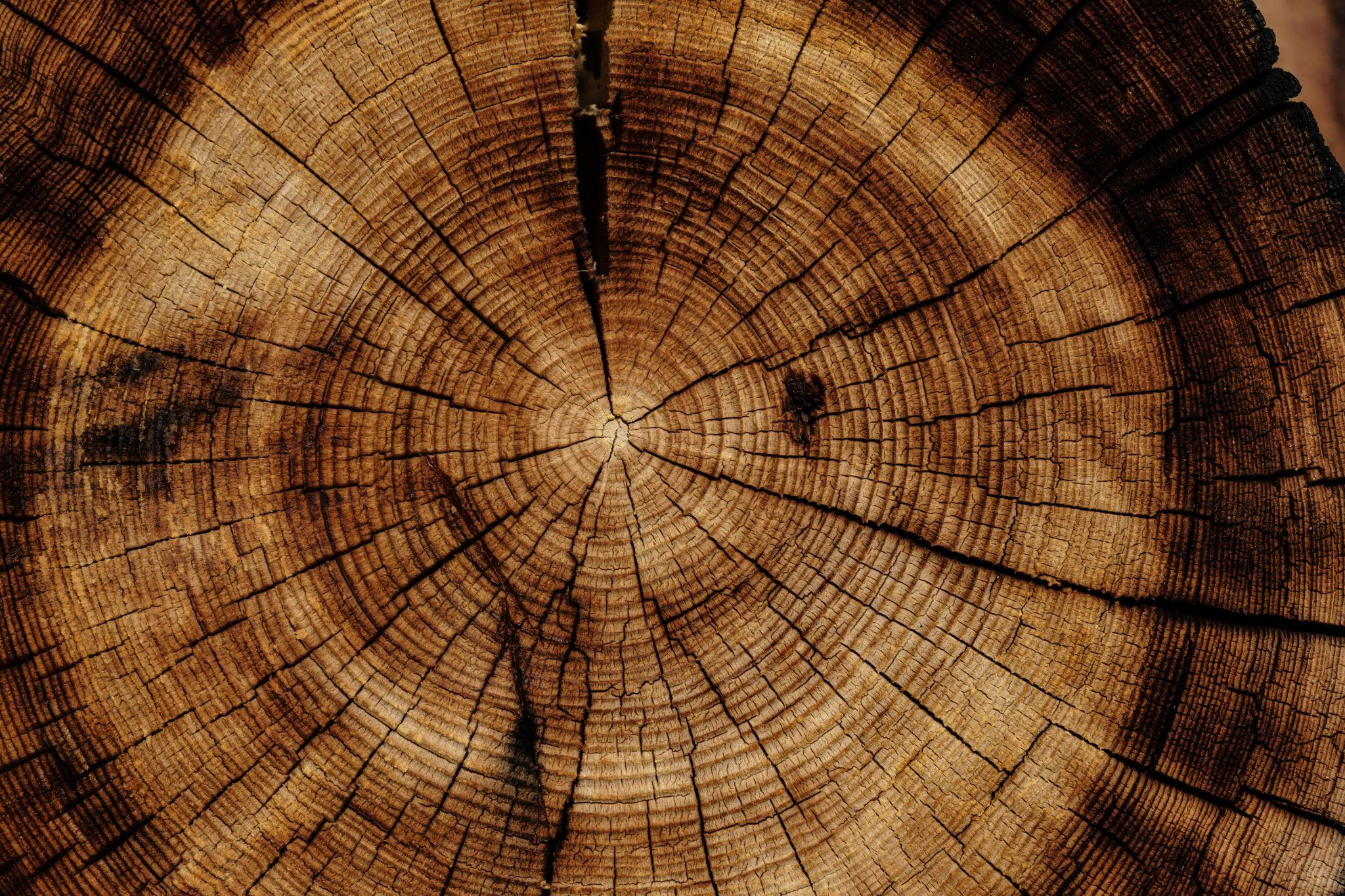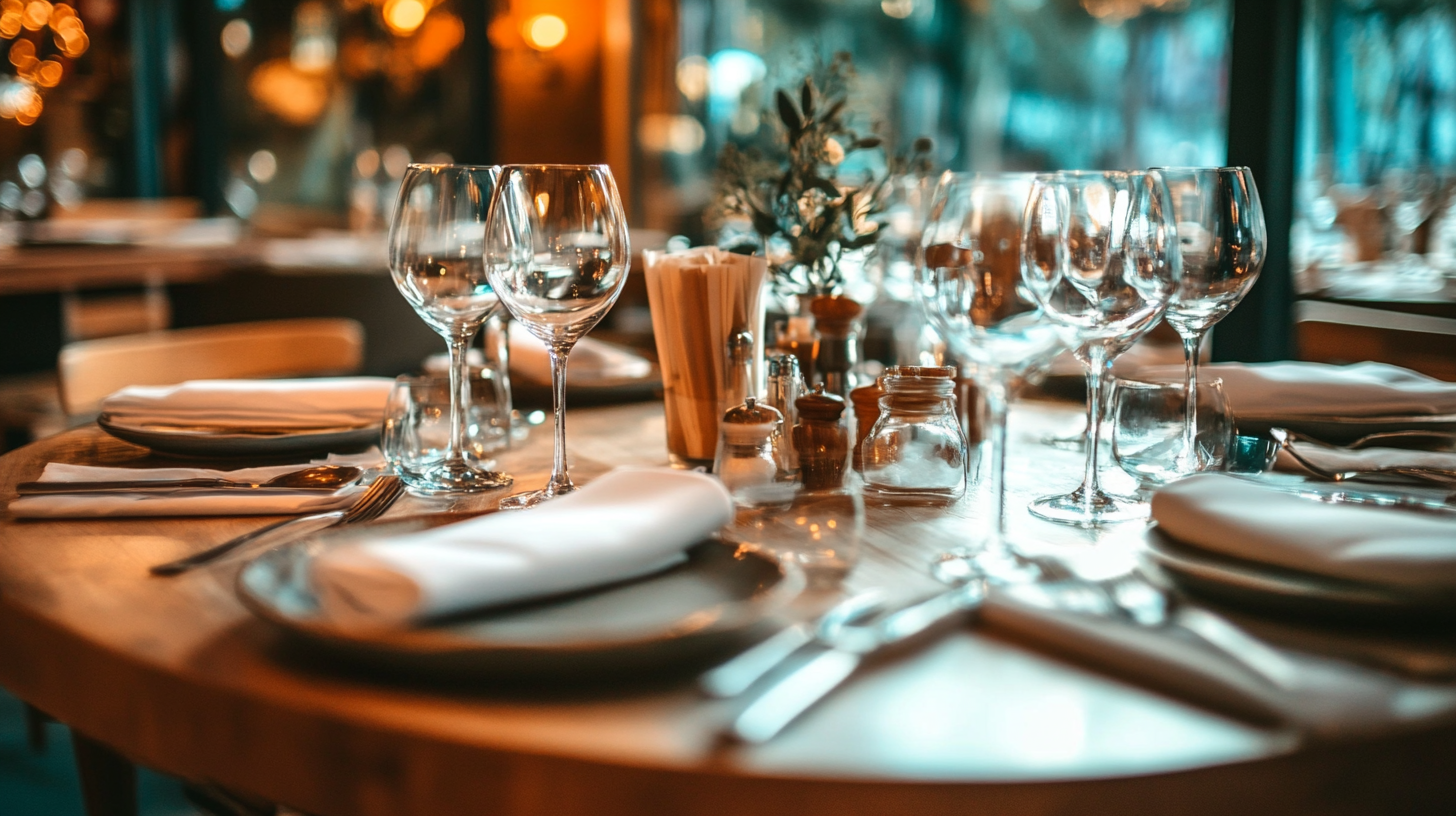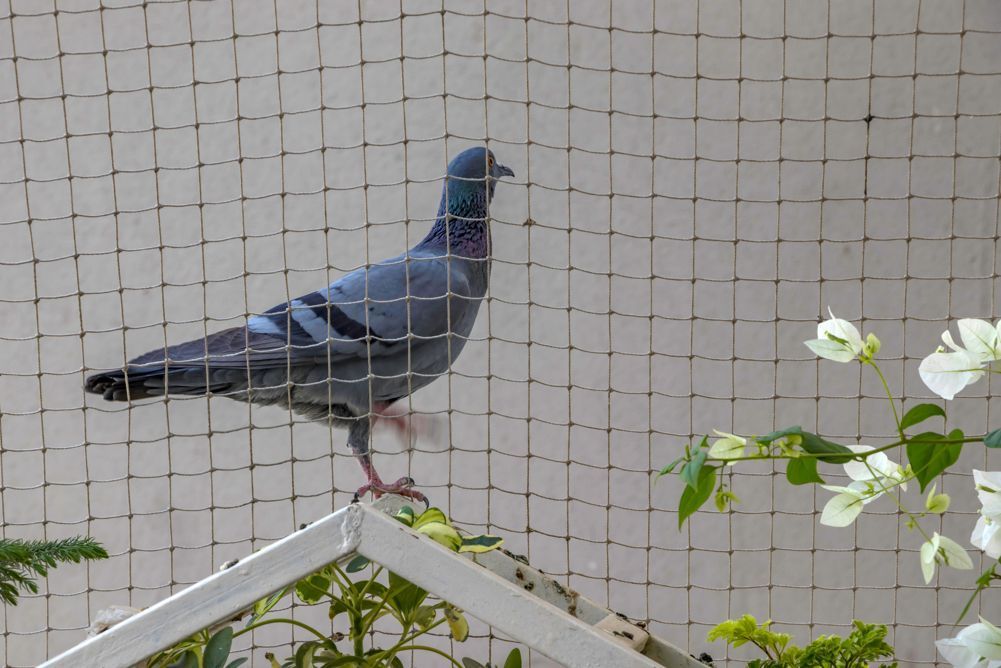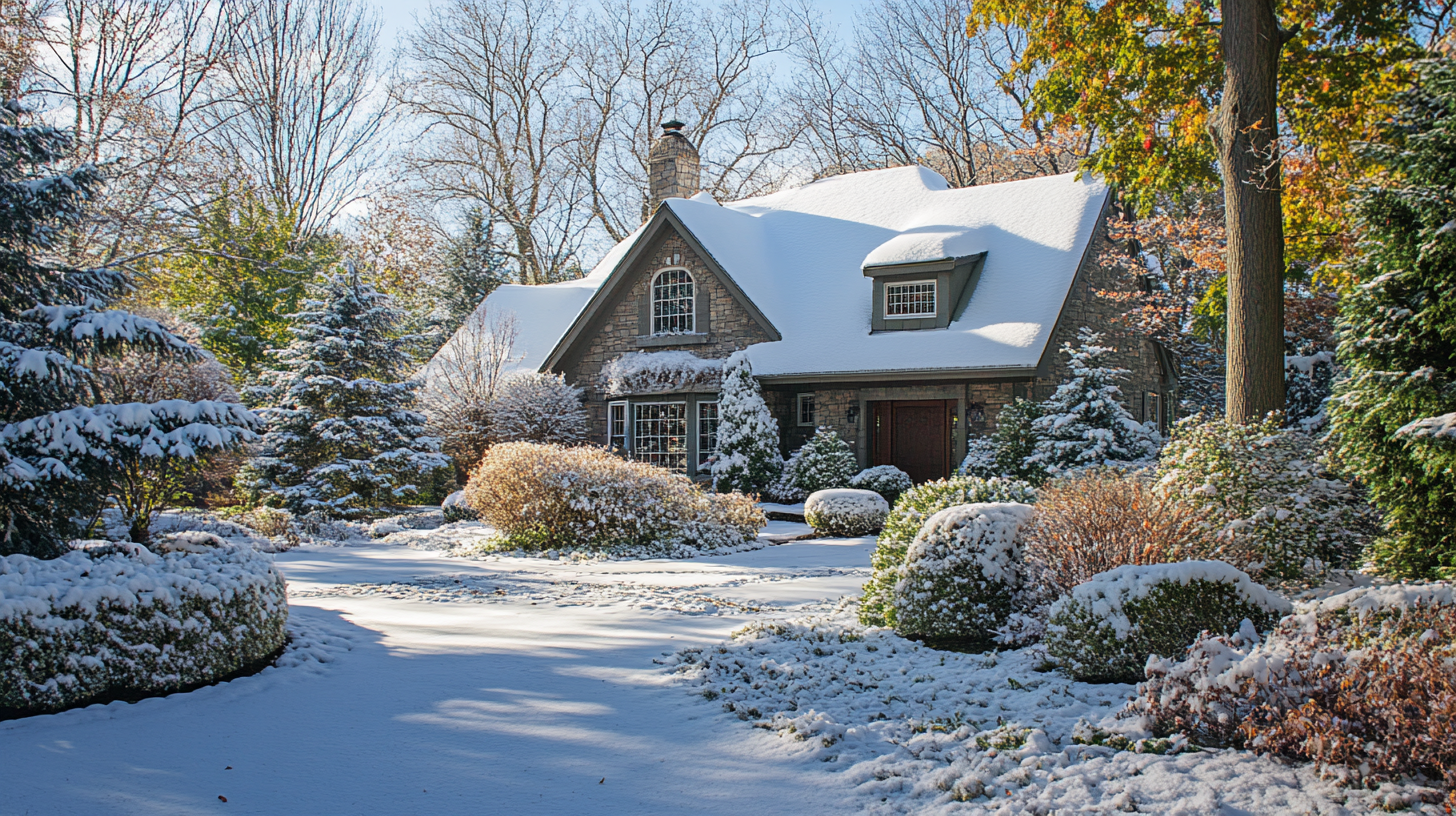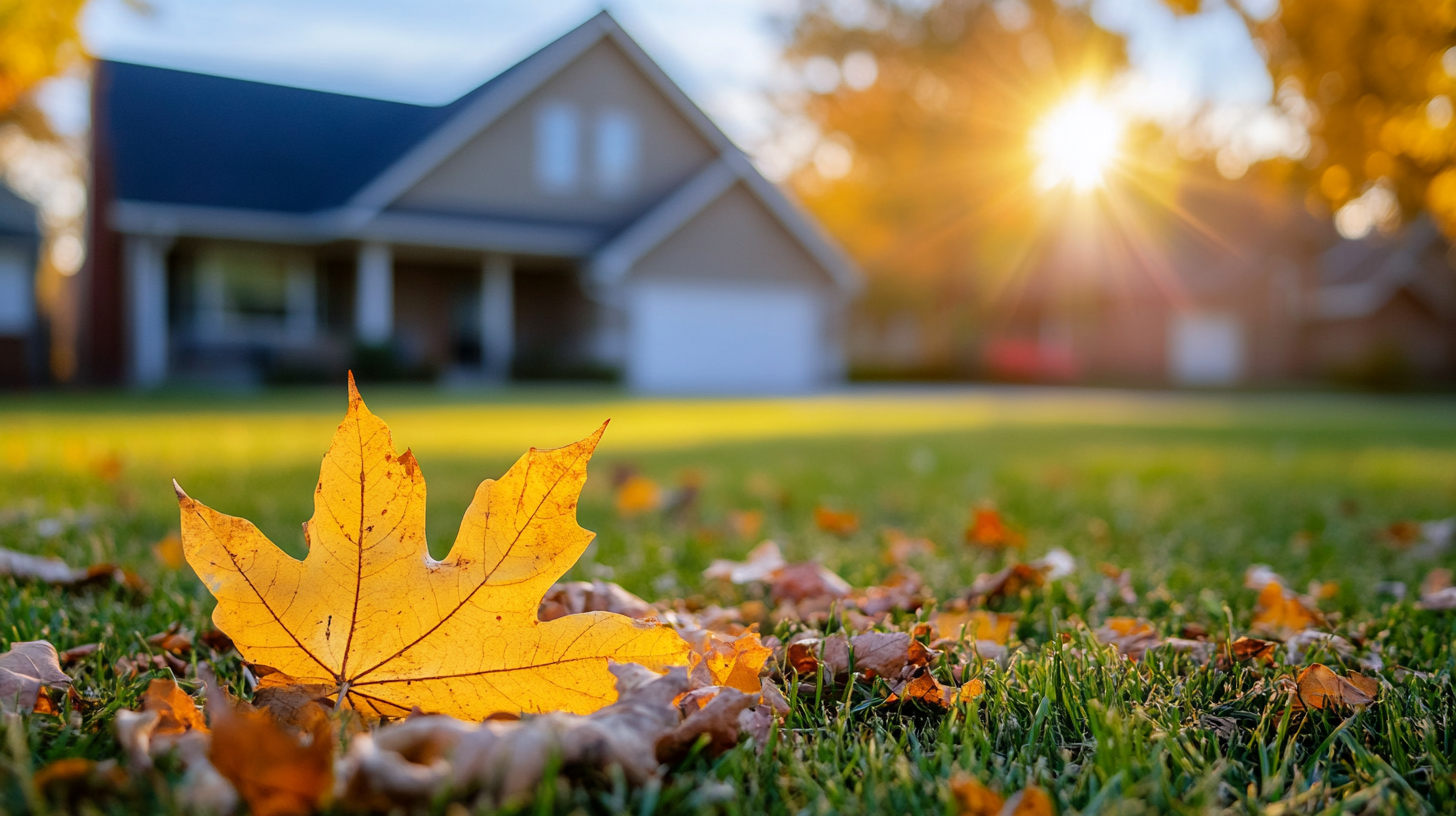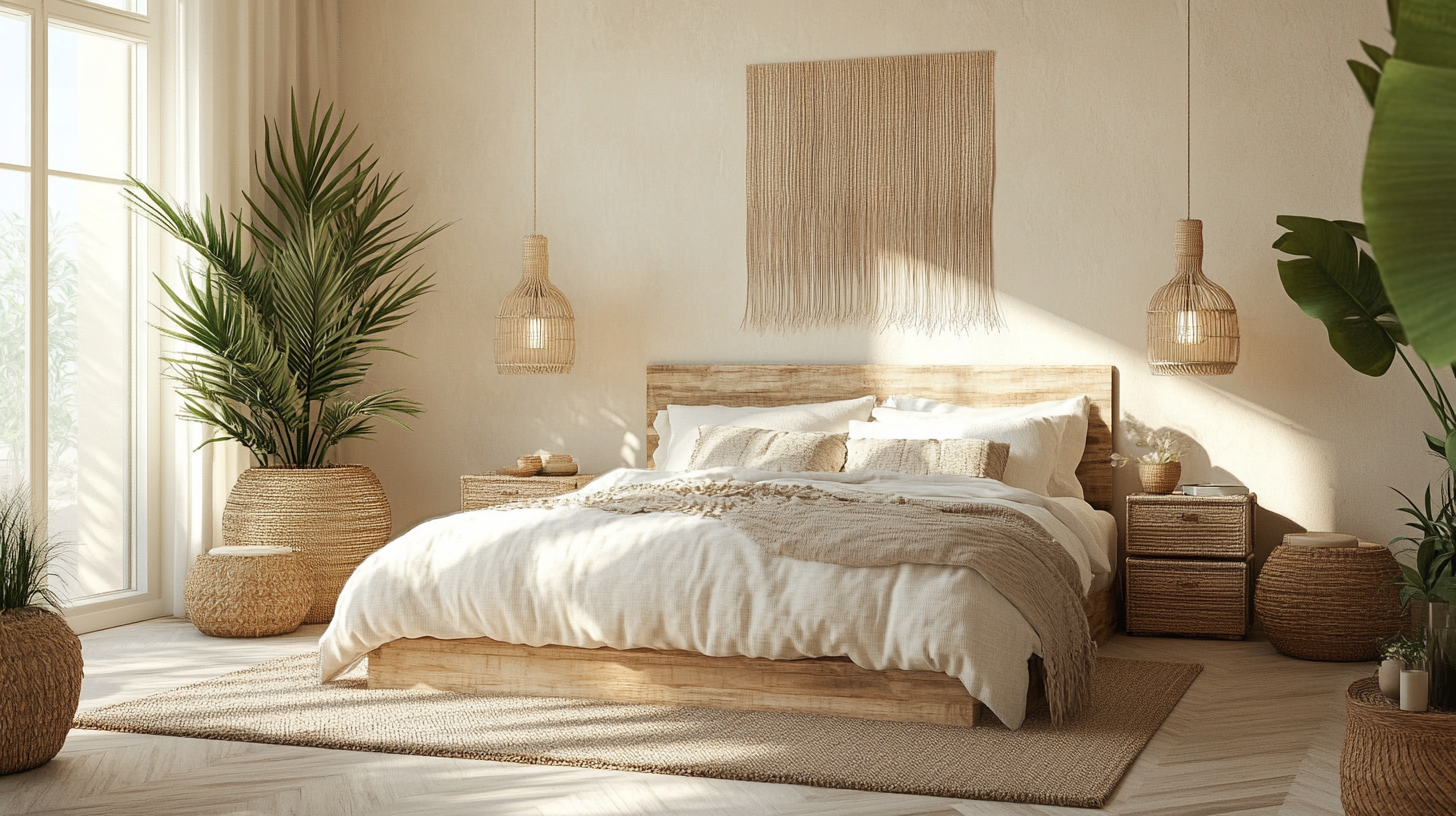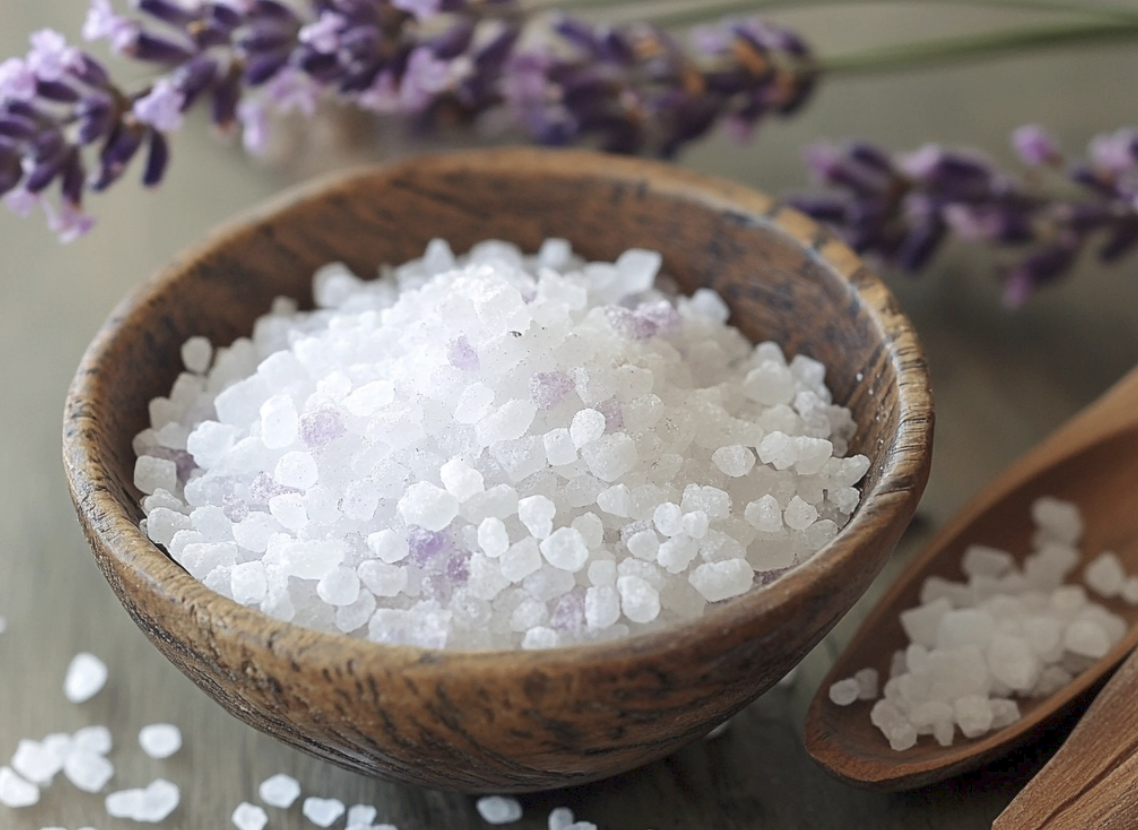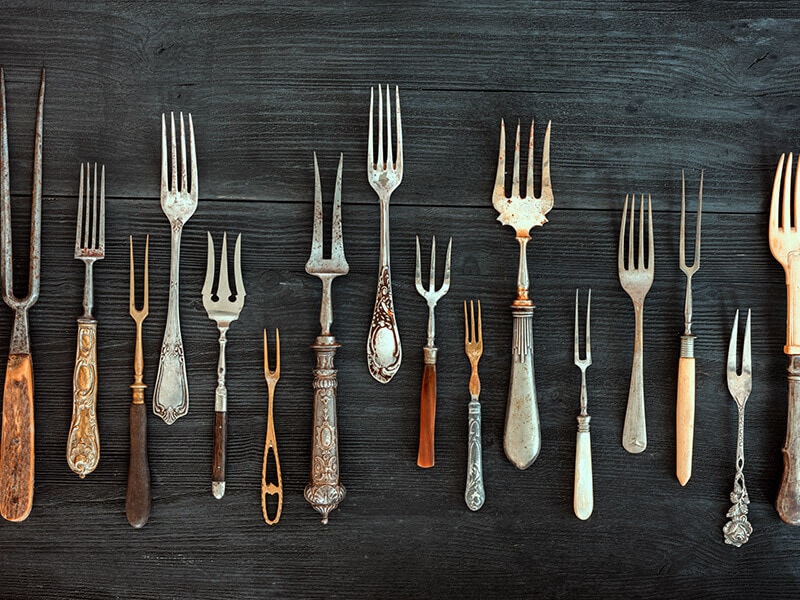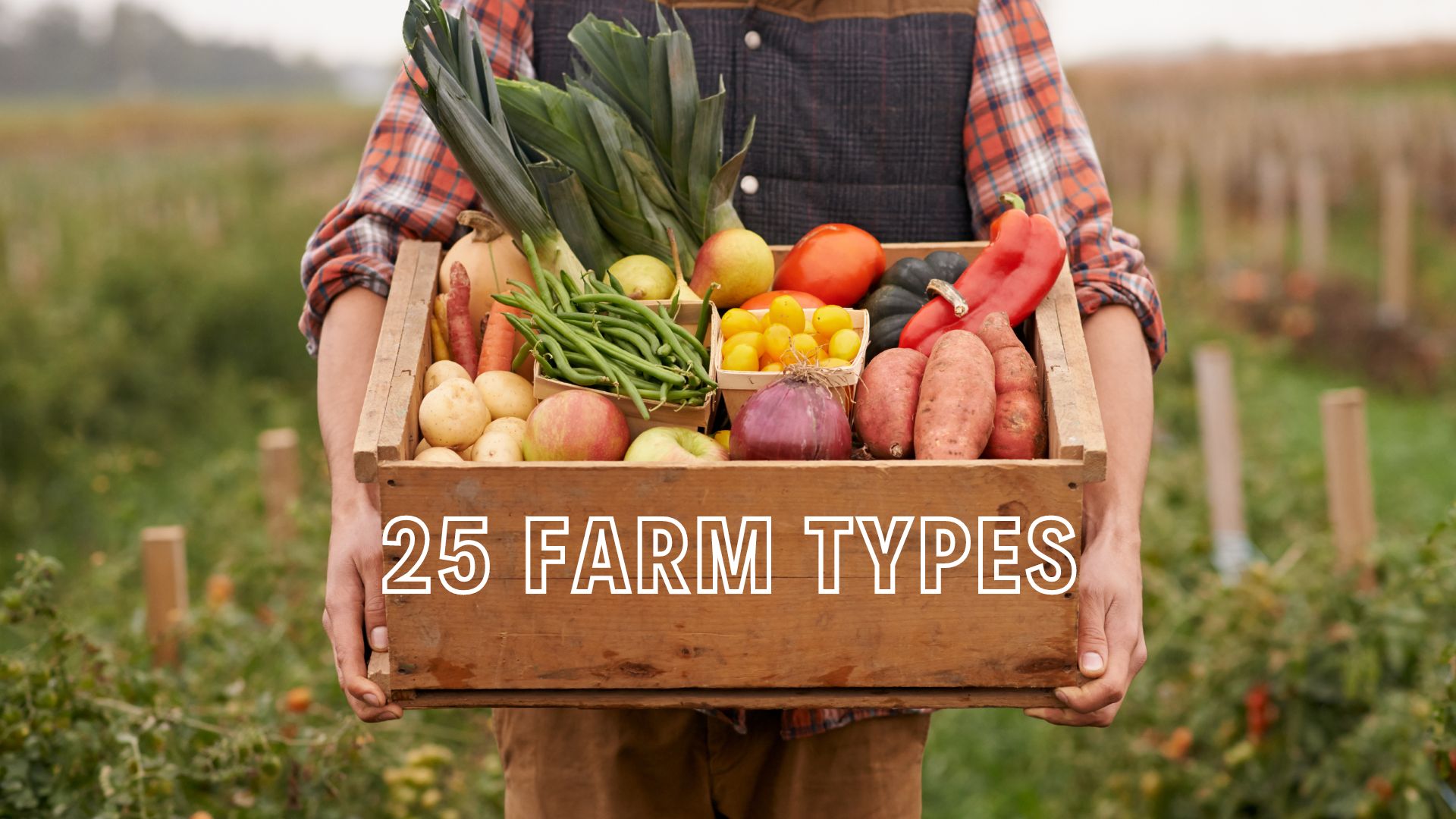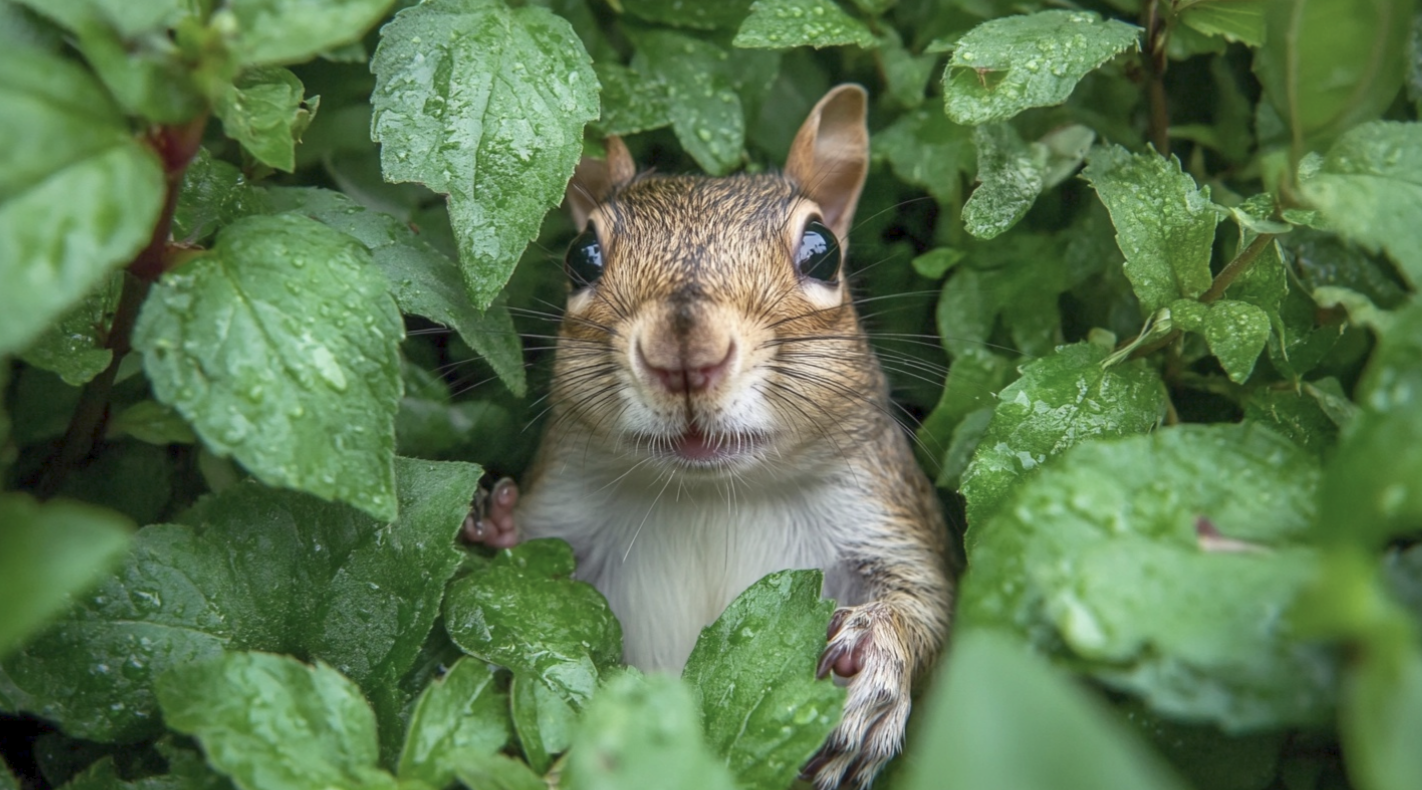
Squirrels can be quite the challenge in gardens. They often disturb plants, dig up bulbs, and ruin gardens for food.
While these playful creatures are fun to watch, they can undo hard work by damaging your precious plants and vegetables.
It’s frustrating to see your garden turned into a squirrel’s playground. Fortunately, natural ways exist to keep them at bay without harming them.
This article explores eight plants known for their squirrel-repellent properties. From the delightful daffodils to the potent peppermint, learn how these plants can protect your garden while adding beauty and fragrance.
Let’s discover how to discourage these furry intruders and keep your garden thriving naturally.
What are the Most Effective Squirrel Repellent Plants?
1. Daffodils

- Plant Description: Daffodils are spring-blooming perennials known for their bright yellow or white trumpet-shaped flowers. They typically grow about 6 to 18 inches tall and are hardy in various climates.
- Repellent Properties: Daffodils contain a compound called lycorine, which is toxic to squirrels and other pests, deterring them from nibbling on the bulbs or foliage.
- Best Uses: Plant daffodils in garden beds or borders to create a colorful display while keeping squirrels at bay. They can also be used as natural deterrents around other vulnerable plants.
- Additional Benefits: Daffodils are deer-resistant, provide early spring color, and can naturalize in the garden, returning year after year.
- Potential Drawbacks: Daffodil bulbs are toxic if ingested by pets or children, so caution is advised.
- Growing Tips: In the fall, plant daffodil bulbs in well-drained soil about 6 inches deep and 6 inches apart. They thrive in full to partial sun.
2. Fritillaries

- Plant Description: Fritillaries are bulbous perennials that produce unique, bell-shaped flowers, often in shades of purple or white with checkered patterns. They grow to about 12-18 inches in height.
- Repellent Properties: Fritillary bulbs contain compounds that are unappealing to squirrels, deterring them from digging or eating them.
- Best Uses: They are ideal for planting in garden beds, borders, or naturalized areas. They can also be used in combination with other squirrel-repelling plants.
- Additional Benefits: Fritillaries add an unusual and attractive touch to gardens and are relatively low-maintenance.
- Potential Drawbacks: They may not be as effective in areas with heavy squirrel populations or if other food sources are abundant.
- Growing Tips: In the fall, plant fritillary bulbs in well-drained soil about 6 inches deep. They prefer a sunny to partially shaded location.
3. Hyacinth

- Plant Description: Hyacinths are spring-blooming bulbs known for their dense, fragrant flower clusters in various colors, including pink, purple, and white. They grow about 6 to 12 inches tall.
- Repellent Properties: Hyacinth bulbs contain toxic compounds that are toxic to many animals, including squirrels, discouraging them from eating the bulbs.
- Best Uses: These bulbs are perfect for planting in garden beds, containers, or as part of a spring flower display. They also work well as natural deterrents when planted with other bulbs.
- Additional Benefits: Hyacinths have a pleasant fragrance and add vibrant color to gardens. They are also effective in attracting pollinators.
- Potential Drawbacks: Hyacinth bulbs are toxic if ingested, so they should be planted with care if pets or young children are around.
- Growing Tips: In the fall, plant hyacinth bulbs in well-drained soil about 4 to 6 inches deep. They prefer full sun to partial shade.
4. Galanthus (Snowdrops)

- Plant Description: Snowdrops are early-blooming perennials with delicate, white, drooping flowers that appear in late winter or early spring. They grow about 4 to 6 inches tall.
- Repellent Properties: The bulbs of snowdrops contain compounds that are not appealing to squirrels, helping to keep them away from the bulbs.
- Best Uses: They are ideal for planting under trees or in shady areas, where they can naturalize and provide early spring color while deterring squirrels.
- Additional Benefits: Snowdrops are among the first flowers to bloom, providing early-season interest in the garden and helping to attract beneficial insects.
- Potential Drawbacks: Snowdrops may not be as effective in deterring squirrels if other food sources are plentiful.
- Growing Tips: In the fall, plant snowdrop bulbs in well-drained soil about 3 inches deep. They prefer partial to full shade and can naturalize over time.
5. Lily-of-the-Valley
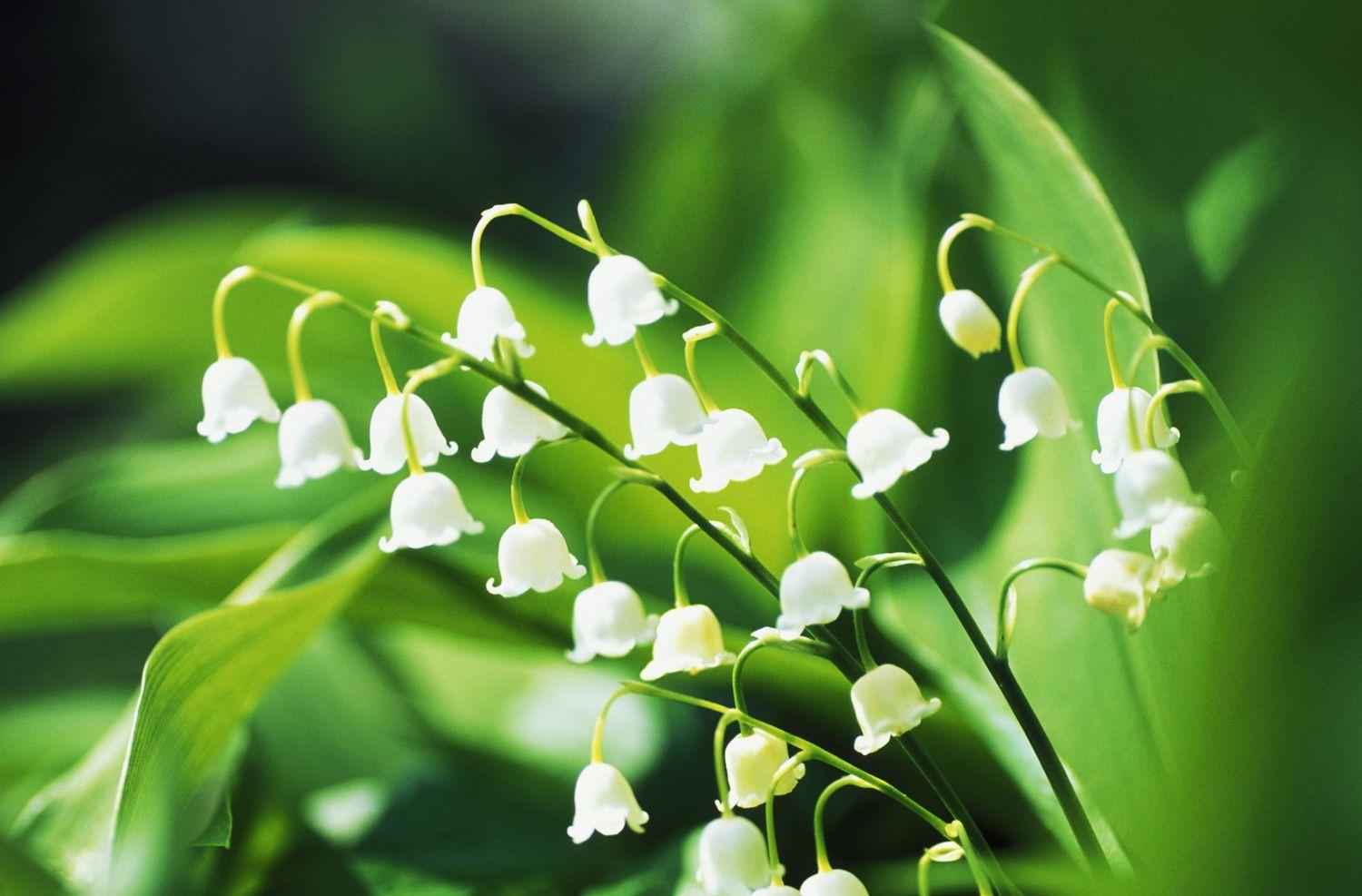
- Plant Description: Lily-of-the-Valley is a fragrant perennial with small, bell-shaped white or pink flowers and glossy green leaves. It grows about 6 to 12 inches tall.
- Repellent Properties: The plant contains toxic compounds to many animals, including squirrels, which can deter them from disturbing the plant.
- Best Uses: It’s excellent for shaded garden areas or as ground cover. It also effectively keeps squirrels away from other vulnerable plants.
- Additional Benefits: Lily-of-the-Valley has a lovely fragrance and can spread to create a lush ground cover. It’s also deer-resistant.
- Potential Drawbacks: If ingested, the plant is highly toxic, which can concern pets and small children.
- Growing Tips: In the fall, Plant Lily-of-the-Valley rhizomes in well-drained, shady areas. They spread easily, so ensure they have room to grow.
6. Geraniums

- Plant Description: Geraniums are popular flowering plants with vibrant blooms in colors like red, pink, and white. They grow in various sizes, typically 12 to 18 inches tall.
- Repellent Properties: Geraniums have a strong scent that is often unpleasant to squirrels and other pests.
- Best Uses: They are ideal for garden beds, containers, or window boxes, where they can provide color while helping to deter squirrels.
- Additional Benefits: Geraniums are low-maintenance, attract beneficial insects, and can add color to any garden space.
- Potential Drawbacks: Geraniums are less effective at repelling squirrels than other plants with stronger deterrent properties.
- Growing Tips: Plant geraniums in well-drained soil with plenty of sunlight. Water regularly and provide occasional feeding to keep plants healthy.
7. Onion and Garlic

- Plant Description: Onions and garlic are aromatic vegetables known for their strong flavor and aroma. They grow underground and can be planted in rows or beds.
- Repellent Properties: The strong smell of onions and garlic can deter squirrels and other pests from approaching the plants.
- Best Uses: Plant onions and garlic in garden beds or as companion plants to protect other vegetables and flowers from squirrels.
- Additional Benefits: Both onions and garlic have culinary uses and can help repel various garden pests.
- Potential Drawbacks: Onions and garlic may not be aesthetically pleasing and can compete with other plants for space.
- Growing Tips: Plant garlic cloves or onion sets in well-drained soil with plenty of sunlight. Water regularly and harvest when bulbs are mature.
8. Peppermint
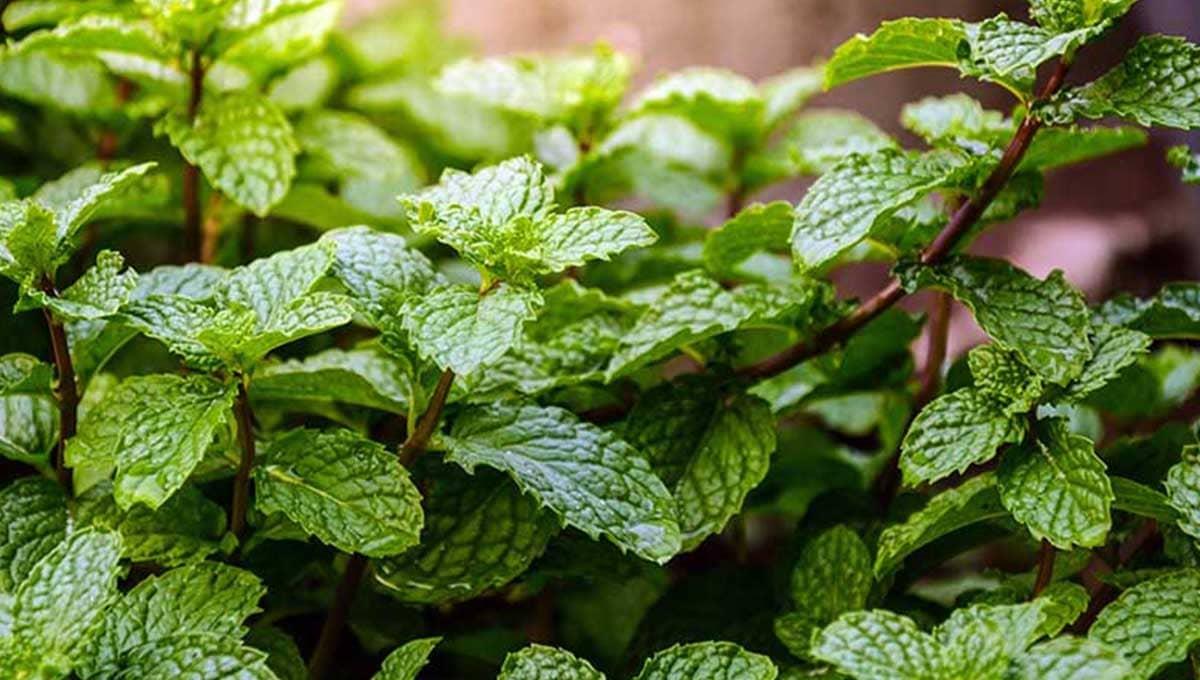
- Plant Description: Peppermint is a fragrant herb with a refreshing scent and flavor. It grows about 12 to 18 inches tall and is often used in cooking and teas.
- Repellent Properties: The strong aroma of peppermint is unpleasant to squirrels and can act as a natural deterrent.
- Best Uses: Plant peppermint around garden borders or mix with other plants to help keep squirrels away.
- Additional Benefits: Peppermint can be used in cooking, herbal teas, and as a natural remedy for various ailments.
- Potential Drawbacks: Peppermint can spread aggressively and may require regular maintenance to control its growth.
- Growing Tips: Grow peppermint in well-drained soil that is partial to full sunlight. Consider using containers to manage its tendency to spread.
Conclusion
Using plants as a natural repellent for squirrels is an effective way to protect your garden and enhance its beauty and biodiversity.
Incorporating these plants offers a harmonious solution that keeps squirrels at a distance without the need for harsh chemicals or harmful deterrents.
By choosing plants like daffodils, garlic, or peppermint, you contribute to a healthier garden ecosystem.
Besides their repellent properties, these plants add vibrant colors and delightful fragrances and can even provide culinary benefits, enriching your garden’s utility and aesthetic appeal.
Plant these natural defenders to coexist with wildlife while ensuring your garden remains intact.




